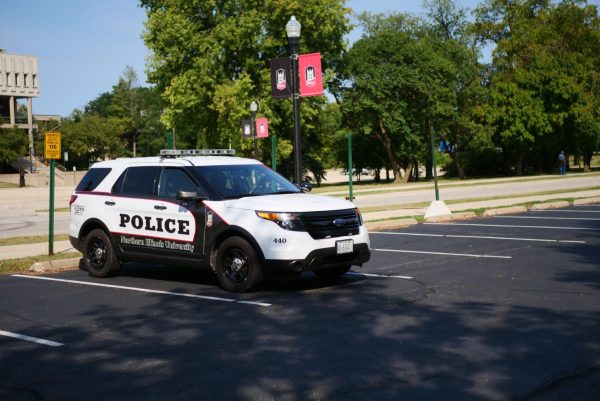The ups, downs of summer session classes
April 26, 2007
Students taking part in the summer session find major differences between the summer and fall semesters.
The summer semester, which runs from June 16 to Aug. 8, allows students the opportunity to earn credit toward graduation or make up classes failed during the academic school year. Students receive the same amount of credits for summer classes as they typically would for a class offered in the fall or spring semester. However, one of the major differences between the two is that summer classes cover the same material in half the time, while only meeting Monday through Thursday.
“Summer school cuts out the fat,” said counselor Lisa King . “You get the information you need to do well in the course and move on,” King said.
Since the fall and spring semesters are 16 weeks in length and the summer semester is eight weeks, classes are extended in length to compensate for the difference.
“Each class can be about two to three hours long,” said Demetrius Freeman, a sophomore art major.
The brief time covered by summer classes makes some students weary about being absent from class.
“You really have to manage your time and you can’t afford to miss class,” Freeman said.
Freeman prefers the eight-week summer semester, compared to the traditional 16-week period of fall and spring, he said.
One of the major differences between semesters is the change in campus social life, King said. Freeman added that there are not as many things to do with all the university buildings closed.
Brant Brady, a freshman marketing major, opts to take summer classes at community college in his hometown.












